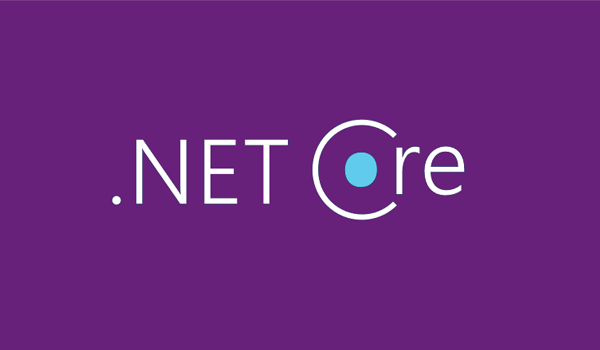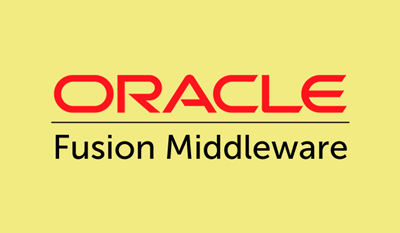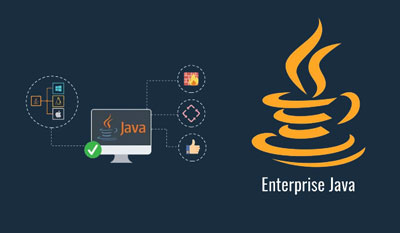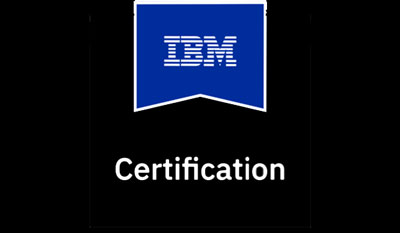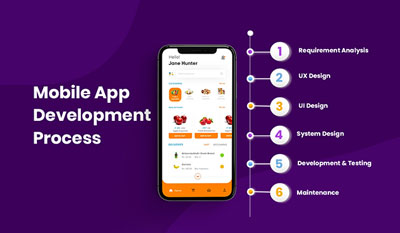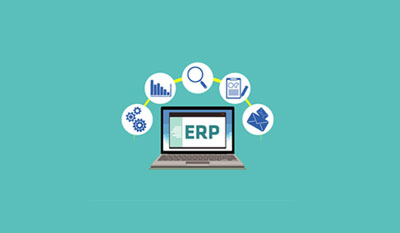- Home
- About Us
-
Course
Multimedia
- Photoshop
- Animation
- 2D Animation
- 3D Animation
- Broadcast Design
- CorelDRAW
- Desktop Publishing
- Digital Communication
- Dreamweaver
- Event Design
- Film Editing
- Graphics Designing
- Illustrator
- Indesign
- E - Publishing
- E - Learning
- Logo Design
- Digital Photo Editing
- VFX
- Video Editing
- Audio Editing
- Autodesk MAYA
- Visual Effects
- Interior Design
- Basic Computer Course
- Photography
- Web and UI Design
- Advertising
- DTP
Oracle- Oracle SQL
- Oracle PL/SQL
- Oracle DBA
- Oracle RAC
- Oracle Apps DBA
- Oracle Apps Finance
- Oracle Apps HRMS
- Oracle Apps SCM
- Oracle Apps Technical
- OAF Technical
- Taleo
- Oracle Demantra
- Oracle Retail Trade Management
- Sybase
- Oracle OTM
- Peoplesoft Finance
- Peoplesoft HCM
- Performance Tuning
- SQL Server DBA
- DB2 DBA
- Teradata DBA
- Informix
- MongoDB
- PostgreSQL
- Testimonial
- Faqs
- Contact Us
- Register Now

)

